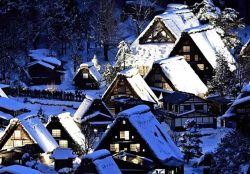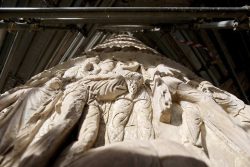Japan Tourism / Rare Milky-White Hot Springs on foot of Autumn Mountain; Hotel Hanabun in Niigata Pref. Captures Hearts with its Views, Hot Springs, Food
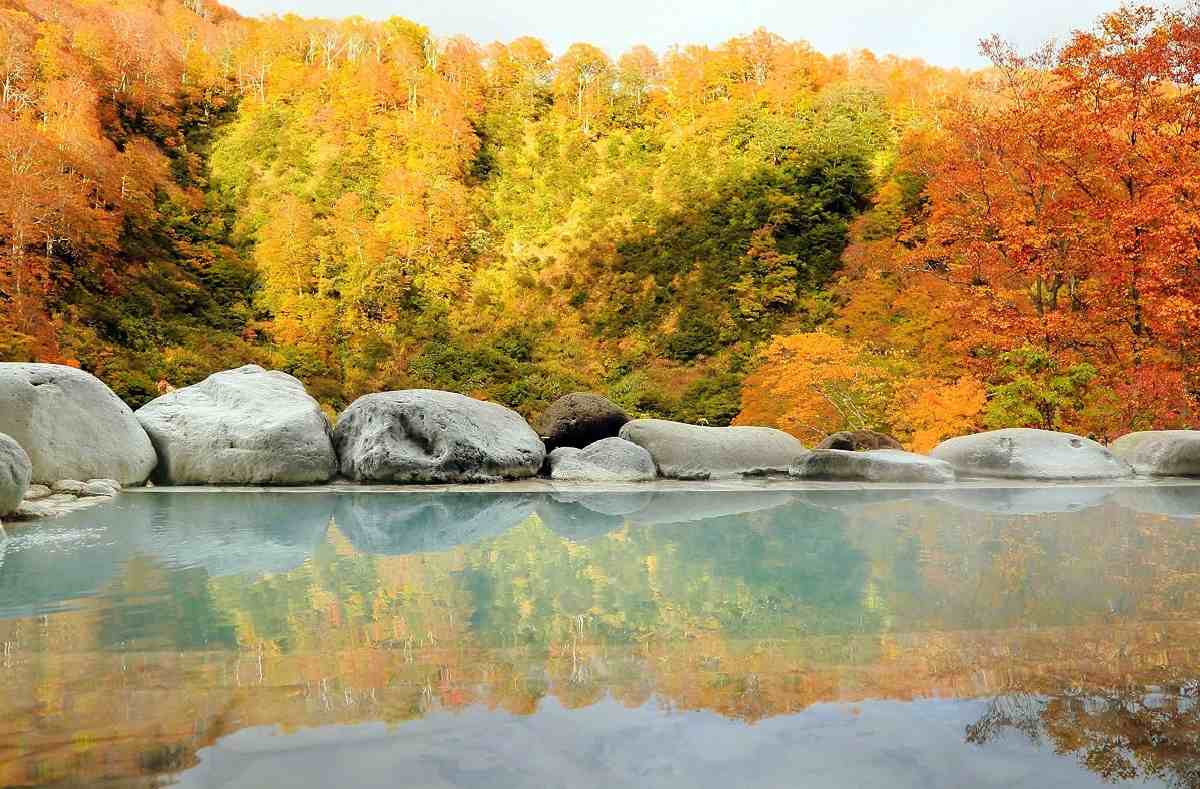
Milky-white hot spring water contrasts vividly with the autumn leaves surrounding it.
12:24 JST, October 2, 2024

The Myoko Kogen hot spring resort is situated at the eastern foot of the 2,454-meter-high Mt. Myoko, one of the 100 famous Japanese mountains, in southwestern Niigata Prefecture. There are seven different hot springs in the resort area — Akakura, Shin-Akakura, Ikenotaira, Suginosawa, Myoko, Seki and Tsubame. When I visited the resort before, I was delighted by the beauty of the spring greenery, and I thought the autumn leaves would be beautiful here, too.
Since the Tsubame hot spring is located at the starting point of a mountain trail at an altitude of 1,180 meters, climbers and hikers also visit the hot spring. The hot spring used to be a seldom-visited place that was closed during winter due to heavy snow, but now there are five hot spring inns in the area.
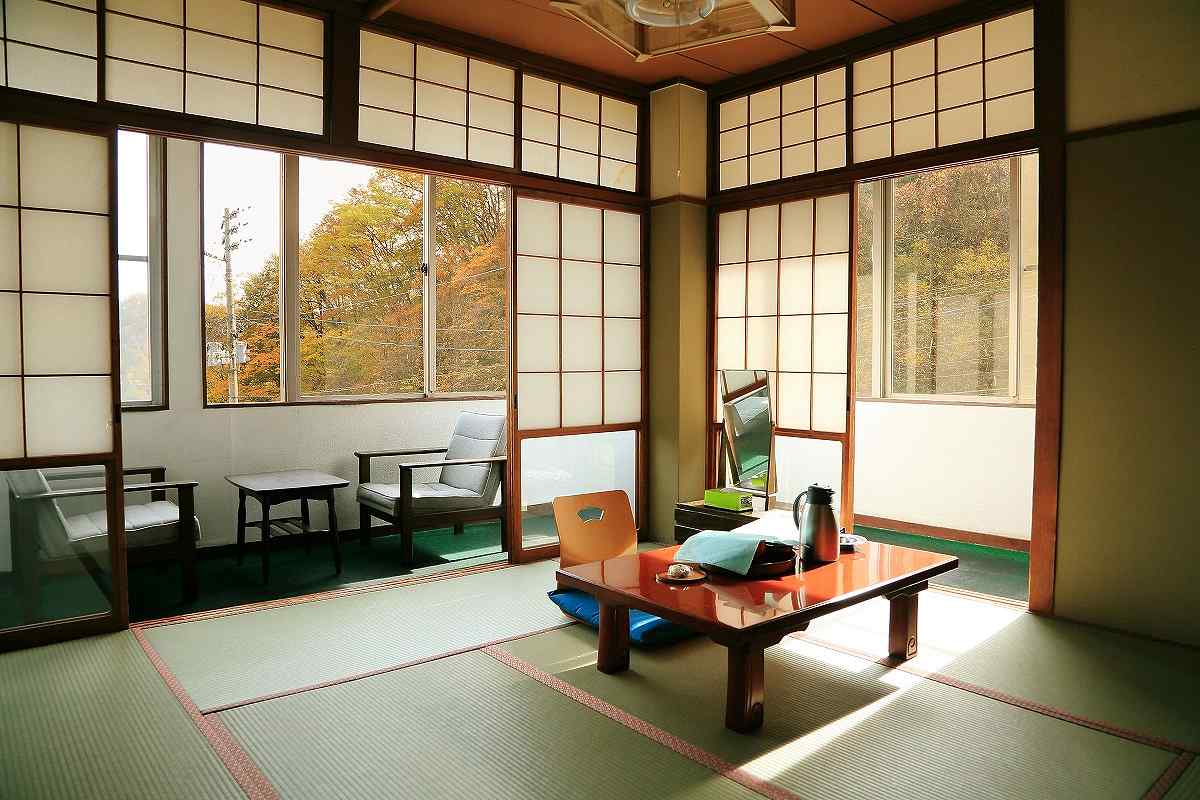
All guest rooms are quiet and stylish Japanese-style rooms.
Hotel Hanabun is a hot spring hotel standing at the entrance of a “hot spring village” and has established a reputation for its views, hot springs and food. Its indoor wooden bathtub made from ancient trees creates an attractive atmosphere. In both the outdoor and indoor baths, people can bathe while enjoying a view of Otagiri Valley, which is famous for its autumn leaves. In the valley, many trees such as Japanese maple trees, Japanese beech trees, giant dogwood and alder trees paint the deep valley in reds, yellows and other colors.
The milky-white hot spring water containing mineral deposits called “yu no hana” (hot spring flowers) is a carbonated hot spring, which is rare in Japan. The hot spring water flows directly from the source into the bathtub. No water is added to the bath and the hot spring water is not heated or recirculated. The soft hot spring water is gentle on the skin and is said to be effective for nerve pain, excessive sensitivity to cold, rheumatism and other conditions. The vivid patchwork scenery and high-quality hot spring water soothed me both physically and mentally.
The food at the hotel uses seasonal ingredients and I look forward to the mushroom dishes in autumn. Autumn is also the season for shin soba, or soba made from freshly harvested buckwheat. What captures the hearts of regular customers is the handmade juwari soba, made from 100% rare local buckwheat flour, which has been cultivated since the Edo period (1603-1867). The handmade noodles were very soft and aromatic when paired with the soba sauce, which was carefully prepared from a warishita stock.
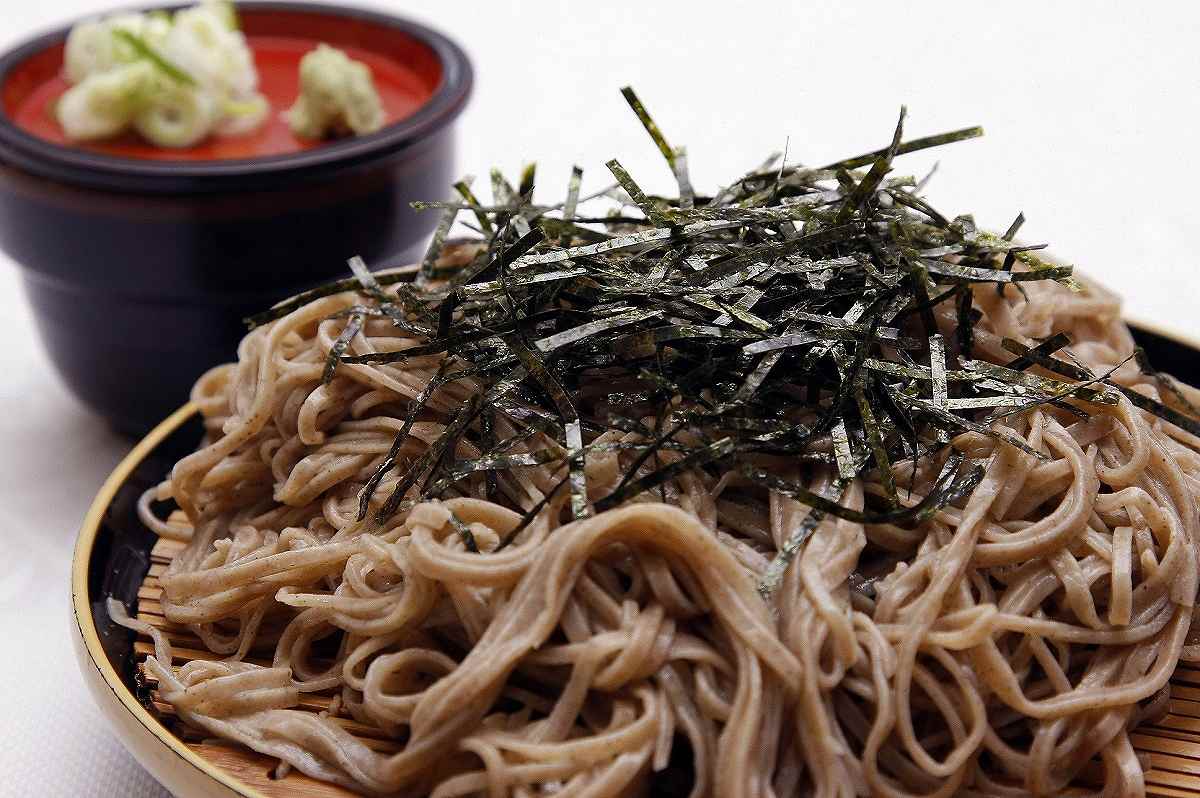
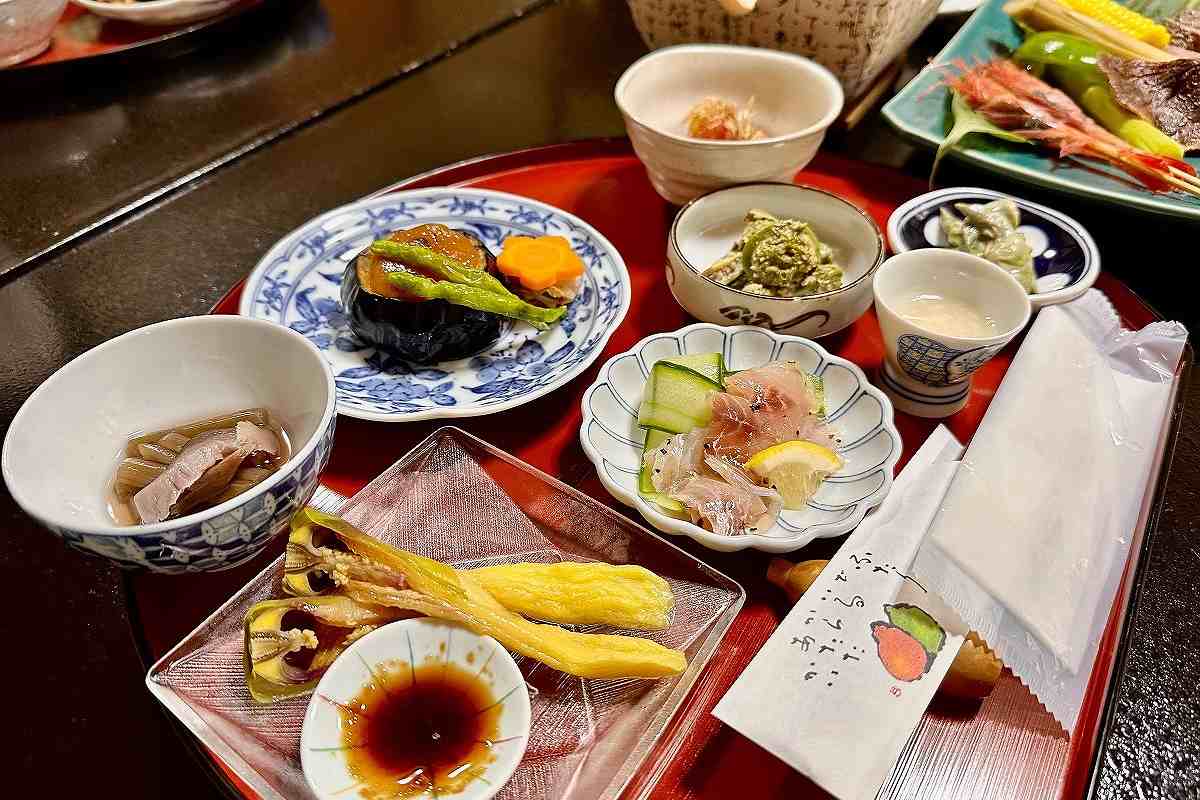
Left: Exceptional soba noodles made from locally produced buckwheat flour.Right: Dishes prepared with vegetables that were grown or harvested from the wild in the Myoko Kogen region.
You can enjoy the autumn leaves outside the hotel as well. For example, there are two free outdoor bathing facilities in the Tsubame hot spring where you can enjoy the autumn leaves. Clouds of white steam rise from Ogon no Yu (golden hot spring) and Kawara no Yu (riverside hot spring), both of which are within walking distance of Tsubame village. There is an observation deck near Ogon no Yu where visitors can see the about 80-meter-high So Waterfall cascading down the mountain.

The So Waterfall is one of the 100 famous waterfalls in Japan.
There are other spots worth visiting for their autumn foliage in the Myoko Kogen region, such as Imori Pond and Naena Waterfall. Since there is a well-maintained walking path along the pond with a circumference of around 600 meters, it is easy to walk around. The powerful Naena Waterfall flows from a height of about 55 meters and visitors can feel the earth rumbling. For this reason, it is also called the “Earthquake Waterfall.”
Enjoy the view of the autumn mountains in the Myoko Kogen region.
***
Japan Tourism is presented in collaboration with Ryoko Yomiuri Publication, which publishes Ryoko Yomiuri, a monthly travel magazine. If you are interested in the original Japanese version of this story, click here.
"Features" POPULAR ARTICLE
-

Students Recreate 19th-Century Bento Boxes Made for Ino Tadataka’s Survey Team in Hot Spring Town on Nakasendo Road
-

Santa Claus Delivers Christmas Presents to Penguins at Aquarium in Japan’s Nagasaki Prefecture
-

Sumo Restaurant in Tokyo Teaches Foreign Visitors About the Ancient Sport, with Bouts Between Retired Rikishi
-

Autonomous Passenger Ship Connects Mainland with Remote Island in Seto Inland Sea; World’s 1st Commercially Operated Autonomous Vessel
-

Japanese Chef of Italian Restaurant in Tokyo Offers Milanese Risotto; Bright Colors, Rich Flavors in Simple Steps
JN ACCESS RANKING
-

BOJ Gov. Ueda: Highly Likely Mechanism for Rising Wages, Prices Will Be Maintained
-

Japan Govt Adopts Measures to Curb Mega Solar Power Plant Projects Amid Environmental Concerns
-

Core Inflation in Tokyo Slows in December but Stays above BOJ Target
-

Major Japan Firms’ Average Winter Bonus Tops ¥1 Mil.
-

Bank of Japan Considered U.S. Tariffs, Coming Shunto Wage Hike Talks in Its Decision to Raise Interest Rates


